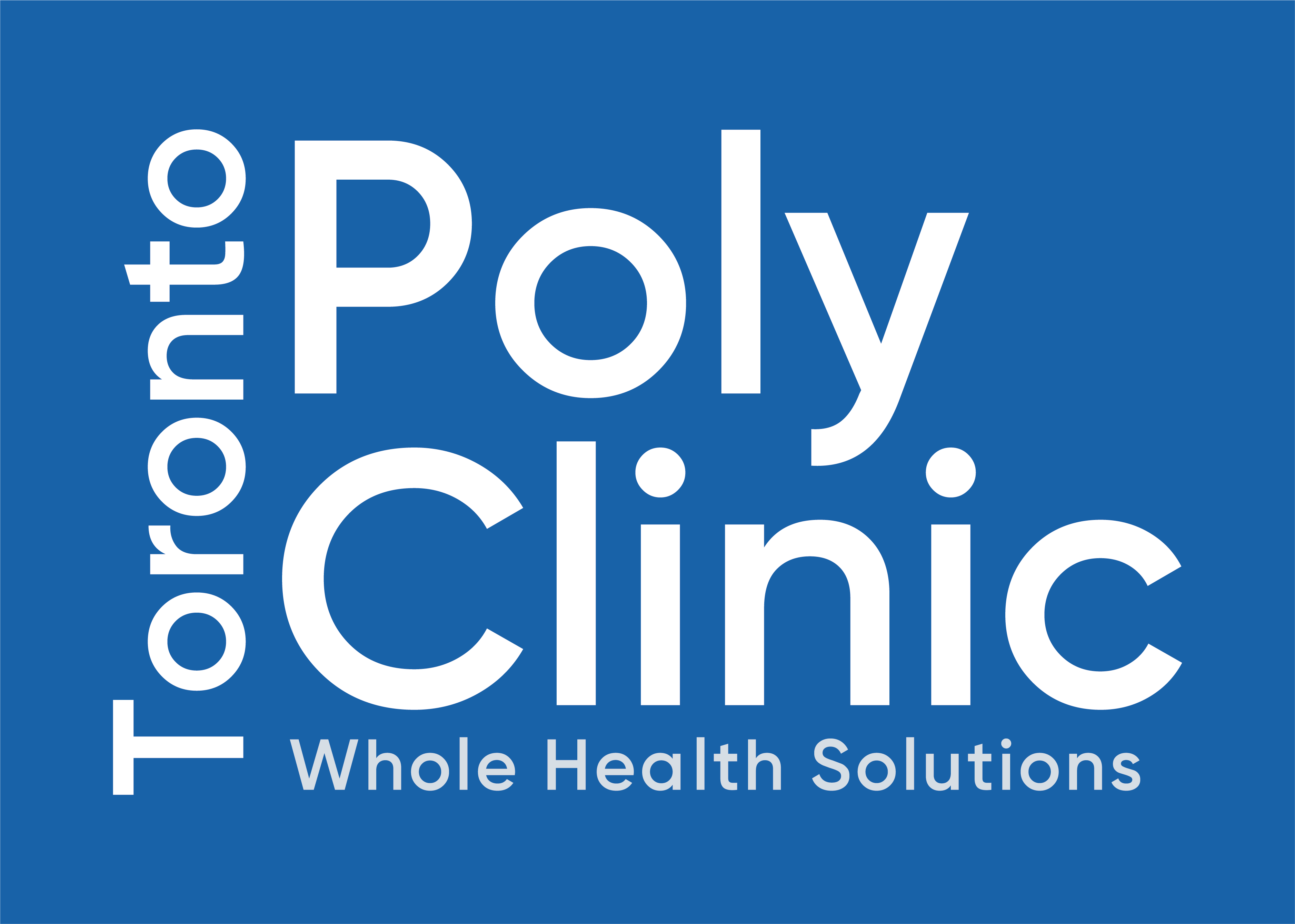Unleash Your Body’s Healing Power: Platelet Rich Plasma (PRP) Therapy for Pain & Sports Injuries
Unleash Your Body's Healing Power with Platelet Rich Plasma (PRP)
Table of Contents
Are you struggling with persistent pain or recovering from a sports injury? You might be searching for a treatment that goes beyond masking symptoms and actually promotes healing. At Toronto Poly Clinic, we offer Platelet Rich Plasma (PRP) therapy, a cutting-edge regenerative medicine option that harnesses your body’s natural healing abilities.
What is Platelet Rich Plasma Therapy?
PRP involves using your own blood to stimulate healing. Your blood contains platelets, which are rich in growth factors that play a crucial role in tissue repair and regeneration. During PRP therapy, a small sample of your blood is drawn and processed in a centrifuge to separate the platelet-rich plasma from other blood components. This concentrated platelet-rich plasma is then injected into the injured or painful area.
How Does Platelet Rich Plasma Therapy Work?
The concentrated platelets in PRP release growth factors that:
- Stimulate tissue repair: Triggering the body’s natural healing cascade.
- Reduce inflammation: Alleviating pain and discomfort.
- Promote collagen production: Strengthening tendons, ligaments, and cartilage.
- Enhance blood flow: Improving nutrient delivery to the injured area.
This natural healing process can lead to significant pain reduction and functional improvement.

What Conditions Can PRP Treat?
PRP has shown promising results in treating a variety of musculoskeletal conditions, including:
- Osteoarthritis (knee, hip, shoulder)
- Tendonitis (tennis elbow, golfer’s elbow, Achilles tendonitis)
- Ligament injuries (ACL, MCL)
- Muscle strains and tears
- Sports injuries
- Chronic back pain
- Joint pain
What to Expect During PRP Treatment
The procedure is performed in our clinic and involves the following steps:
- Blood Draw: A small amount of blood is drawn from your arm, similar to a routine blood test.
- Platelet Isolation: The blood sample is placed in a centrifuge to separate the platelets from the other blood components.
- Injection: The concentrated PRP is injected into the targeted area using ultrasound guidance for precise placement.
- Recovery: You may experience mild soreness or swelling at the injection site, which usually subsides within a few days. You should feel the full benefits of a PRP injection after 6-8 weeks.
How Many Treatments Are Needed?
The number of PRP treatments required varies depending on the individual and the condition being treated. Typically, patients benefit from a series of 1-2 injections spaced several weeks apart. Your physician at Toronto Poly Clinic will develop a personalized treatment plan based on your specific needs.
Is Platelet Rich Plasma (PRP) Right for Me?
PRP may be a suitable option for individuals with chronic musculoskeletal pain or sport injuries who have not found relief with other treatments and/or prefer a natural, non-surgical approach. However, it’s important to consult with a qualified healthcare professional to determine if PRP is right for you. At Toronto Poly Clinic, our experienced team can assess your condition and discuss whether prolotherapy is a suitable treatment option.
Contact Us Today!
If you’re tired of living with chronic pain, contact Toronto Poly Clinic today to schedule a consultation and learn more about how platelet rich plasma (PRP) can help you regain your quality of life. We’re dedicated to providing our patients with personalized care and effective pain management solutions.
Disclaimer: This blog post is for informational purposes only and should not be considered medical advice. Please consult with a qualified healthcare professional to discuss your specific condition and treatment options.
*Platelet Rich Plasma (PRP) Therapy is not currently covered by OHIP.
More from Our Blog

Overcoming Chronic Pain: How Your Nervous System Holds the Key
Discover how nervous system dysregulation plays a key role in chronic pain and how brain-based therapies like neurofeedback, biofeedback, and qEEG brain mapping can support lasting relief. Learn more about the NeuroBloom program at Toronto Poly Clinic. Pain relief in Toronto, Ontario.

Introducing NeuroBloom: A New Approach to Chronic Pain Relief
We’re proud to introduce our newest program: NeuroBloom, a neuroscience-based nervous system training experience designed to help patients move from chronic stress and pain into long-term regulation and relief.

Family Doctor Accepting New Patients Now in Thornhill
Are you searching for a caring and dedicated family doctor in the Thornhill, Ontario area? Dr. Ranji, is currently accepting new patients.

Sleep Your Way to Better Pain Management
Sleep and pain are intricately linked. In fact, for many individuals with chronic pain, sleep disturbances are a significant challenge, with studies showing that between 67% and 88% experience sleep disruption and insomnia. Conversely, at least 50% of people with insomnia report chronic pain.

